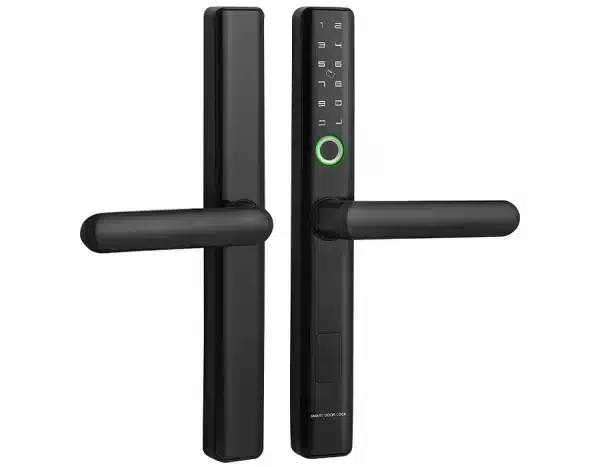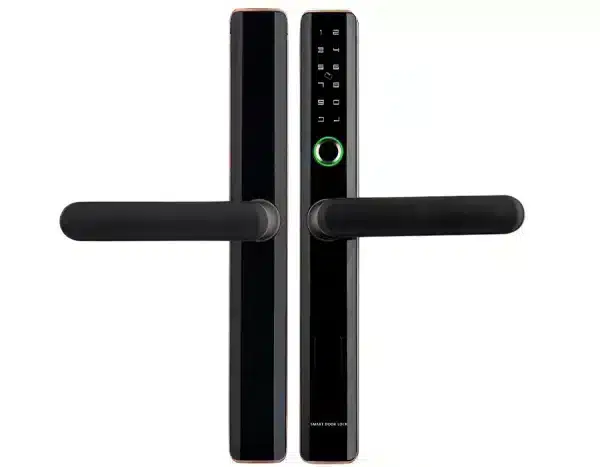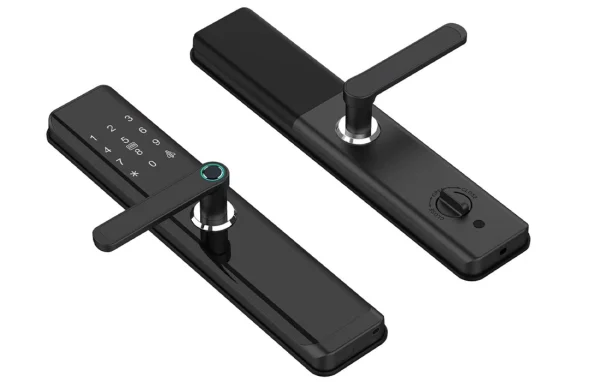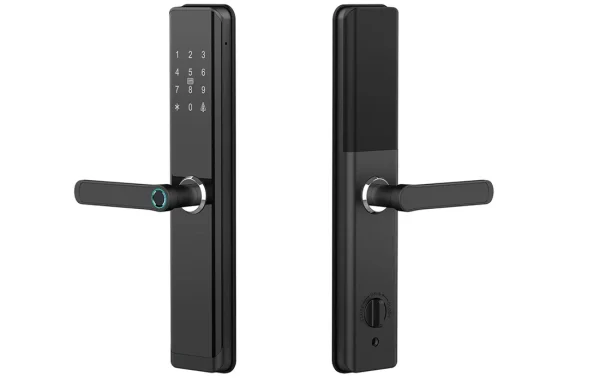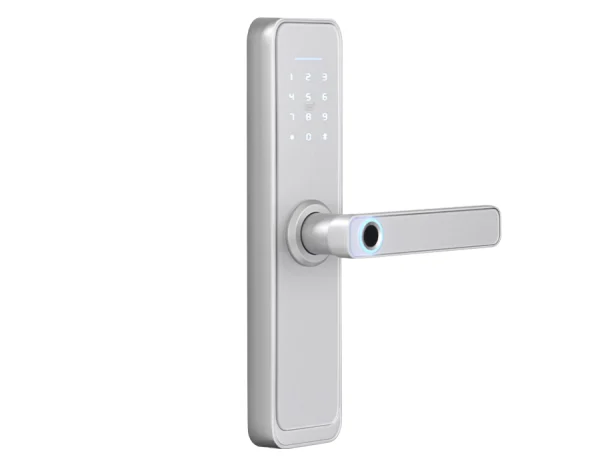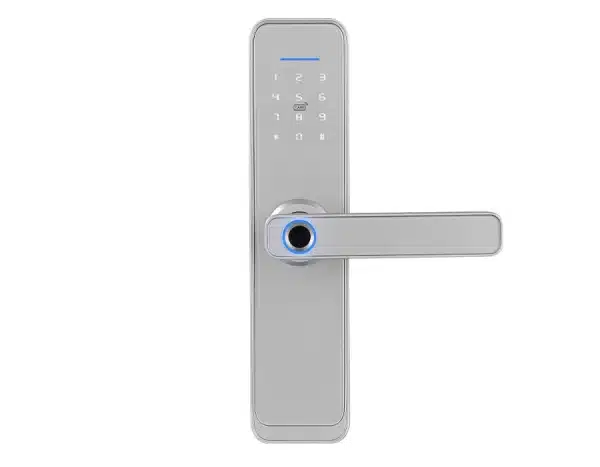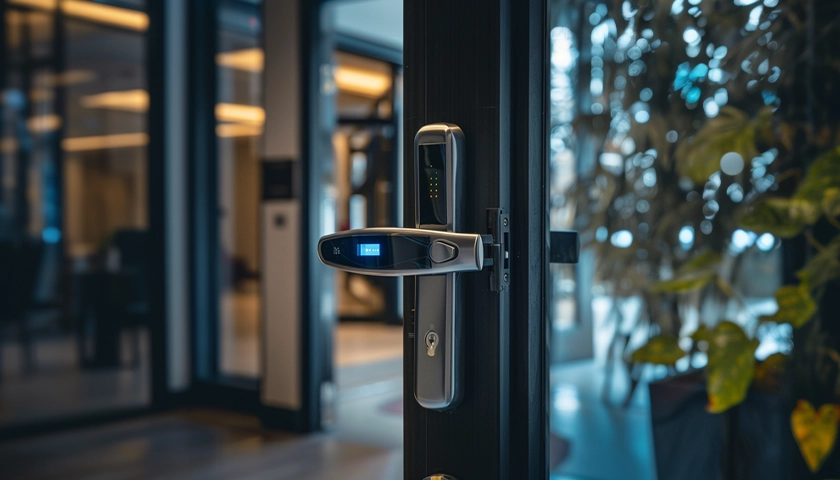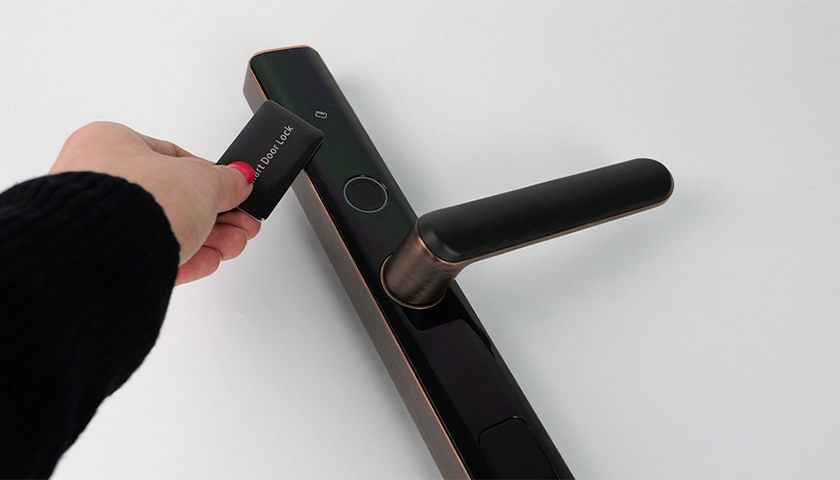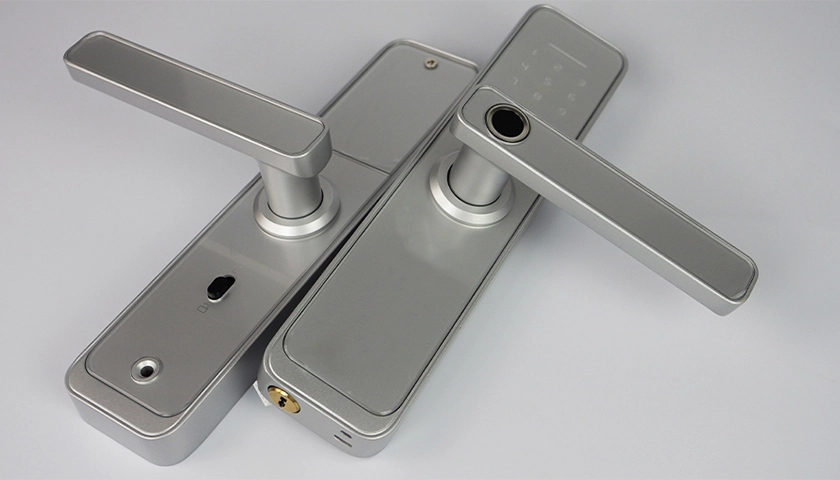- No products in the cart.
- Home
- Access control systems
- Electronic door handles
Electronic door handles
Electronic door handles for access control are advanced security devices that allow for the management of access to rooms or buildings. They utilize various authentication methods, such as RFID proximity cards, PIN codes, fingerprints, facial recognition, or smartphone applications installed on a smartphone, replacing traditional mechanical keys. They are often used in places requiring a high level of security, such as offices, hotels, or public institutions, offering not only protection but also the ability to monitor and audit access. Their main advantage is flexibility and the ability to remotely manage permissions, making them an effective solution for modern security systems.
Clear Filters
Clear Filters
Položka přidána do košíku Prohlédnout košík Překontrolovat
Electronic Handles - Intelligent Systems for Access Management
Electronic door handles for access control are a modern solution used for securing doors and controlling access to various facilities, such as offices, hotels, residential buildings, or high-security areas. Their main task is to allow or restrict access to a particular room or building based on defined permissions.
A Few Words About Electronic Handles
Operation Mechanism
Electronic handles can operate in various ways, depending on the technology used. The most commonly encountered models utilize RFID proximity cards, PIN codes, fingerprints, or even biometric solutions, such as iris scanning or facial recognition.
Power Supply
Most electronic handles are battery-powered, allowing for installation without the need for additional wiring. Some models can also be connected to a permanent power source.
Integration with Security Systems
Electronic handles are often part of a larger access control system and can be integrated with other security systems in the building, such as alarms, surveillance systems, and even time attendance recorders.
Management and Auditing
Modern systems allow for remote management of handles, including adding and removing access permissions and remotely opening doors. These systems often also record entry and exit history, allowing for access monitoring and auditing.
Safety
Electronic handles are designed to provide a high level of security. They can be equipped with anti-tamper mechanisms and protections against unauthorized access attempts.
Where Can Electronic Handles Be Used?
- Hotels - They enable easy management of access to rooms and other public areas. Access cards for guests can be programmed for a specific time, increasing security and facilitating property management.
- Offices - Access control to individual rooms or zones in the office, with the ability to assign different permissions to different users.
- Residential Apartments and Houses - Provide additional security and convenience, allowing for remote access management or programming temporary access for guests.
